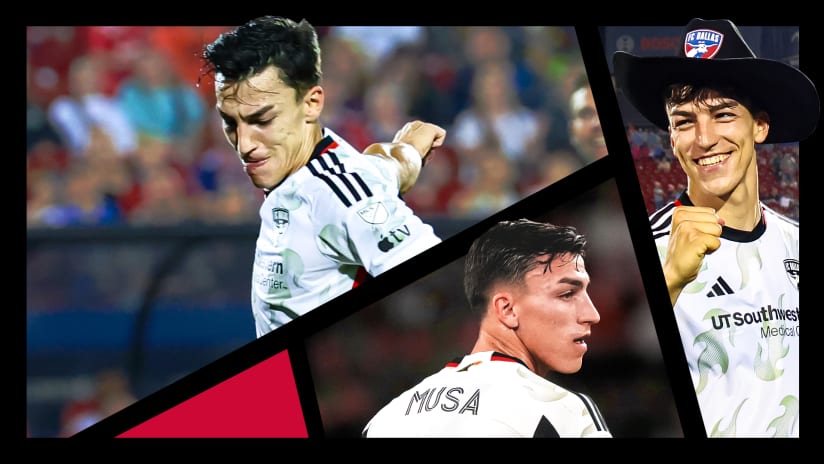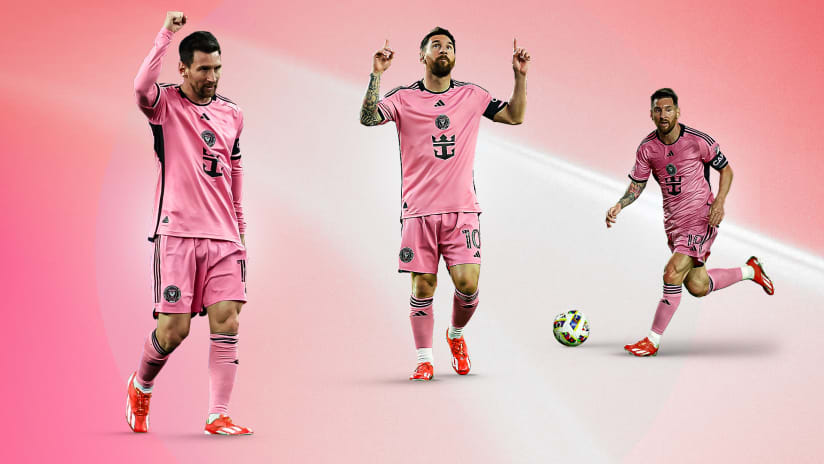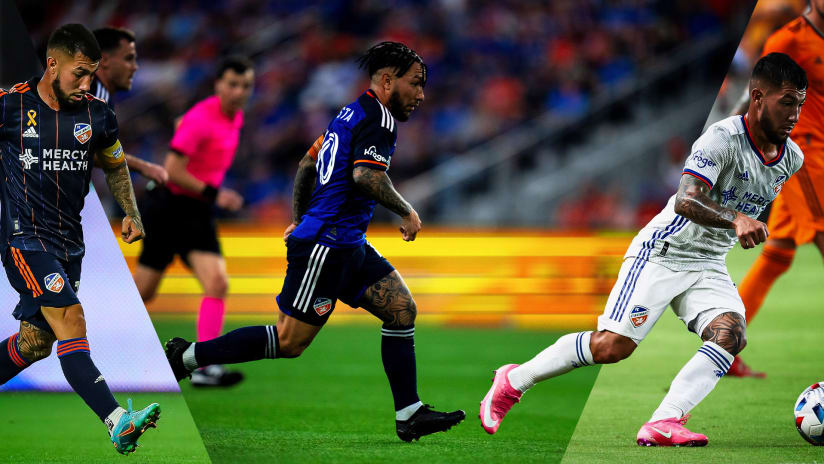If the 2008 Colorado Rapids remain a work in progress, at least they represent forward progress.
As the Colorado side has evolved throughout the season, they have become an increasingly aggressive club, putting increasing emphasis on strengthening their attack, quickening their pace, and literally stacking the field with forward momentum.
Two weeks ago the Rapids moved from a one-striker formation to two strikers, defeating D.C. United 2-0 in the process, and Thursday at home against Real Salt Lake, they moved from a four-man back line to three, jostling responsibilities and adapting to another new look while blanking their Rocky Mountain rivals 2-0.
Another formation, another clean sheet. When the Rapids have been on in 2008, they have stifled the opposition, not allowing a single goal in any of their four victories on the season."
"When we play at home - and you could see [Thursday], we played with three defenders - we tried to be more aggressive going forward," head coach Fernando Clavijo said. "It is dangerous. In a game like [against RSL], there was not much play. [RSL] was very specific, they used one striker, they played the ball to him, they ran off him. I was concerned that [defender] Facundo Erpen, he had so much time that he started loosening up in the back and he started running to the midfield."
And although Clavijo has unveiled a new formation in each of the last two home games, helping to establish the unique, fast-paced, home-field approach he hopes will give the Rapids an edge playing a mile above sea level, he expected the latest look to have legs enough to play on the road, depending on the opposition.
"There are teams that are more open for us to do that," Clavijo said of the 3-5-2 formation's future. "There are teams that we may need a different system. For the first time I'm going to apply what I think, regardless. I have a lot of intelligent players, and we can switch back and forth between different systems depending on the team we play."
Veteran midfielder Pablo Mastroeni was among those carrying the momentum towards the opposing goal Thursday, and he was pleased with the way the team adjusted.
"I'm not really accustomed to going forward a whole lot," Mastroeni said. "With this kind of formation, especially when Christian [Gomez] is being man-marked, you find more space, because he's pulling a guy out of the middle. It was good. It was a breath of fresh air. It was a little more liberating."
Though the Rapids were slow to find their rhythm, they grew more confident and comfortable as the first half progressed and dominated in the second half, taking the lead on a 65th-minute sequence with Herculez Gomez getting the ball out of the center at midfield to Colin Clark on the left wing, and Clark feeding Omar Cummings in front of the net.
"The flow was good," Mastroeni said. "It's good to play at home and have good combination passes. Get the ball wide, come back in the middle, go forward. The first goal setup was pretty nice, a lot of combination passes. That formation allows for that. If you can't keep possession of the ball in that kind of formation you're going to be in trouble. In the second half [Thursday] we did a pretty good job keeping possession."
The new formation worked both ways, of course, with a subtle shift in defensive responsibilities trickling from the back line to the strikers, and when Herculez Gomez and Cummings weren't taking turns pressing Salt Lake against the net, they were alternatively dropping back to help the midfielders and defenders to stymie RSL's attack, ultimately enhancing a cohesive approach to controlling the shape of the game.
"We just kept moving it," Herculez Gomez said. "We were at the right place, right time, working for each other. If you watch the game over again and you pay attention to me and Omar's defensive work, we're running all over the place working defensively. When you play with a 3-5-2, you have to. You've got to help out the defenders. Everybody worked for each other, and that was the difference today."
The "danger" Clavijo spoke of can also go both ways, with the Rapids positioned to heighten the pressure on opposing defenders, while allowing for the possibility that the Rapids' back three can get stretched too thin without adequate support from the midfield wings.
"Once the other team attacks with three or four guys, if you don't watch out, the defense can get pulled, and so many entries," goalkeeper Bouna Coundoul said of the potential for an undermanned line to spring a leak. "But with the right wing and the left wing, they can make a difference by dropping [back]. Colin and Jacob [Peterson] did a [heck] of a job dropping and helping the defense and the three central defenders stay in."
If nothing else, the Rapids' ability to take hold of first place in the Western Conference while implementing an ever-evolving identity on the field gives credence to Clavijo's confidence in the ability of his players to adapt on the fly, converting new ideas into immediate results.
"We're very comfortable with a 4-4-2 [formation], and this one we're learning," Coundoul said. "Hopefully we're going to get used to it too."
Owen Perkins is a contributor to MLSnet.com. This story was not subject to the approval of Major League Soccer or its clubs.











